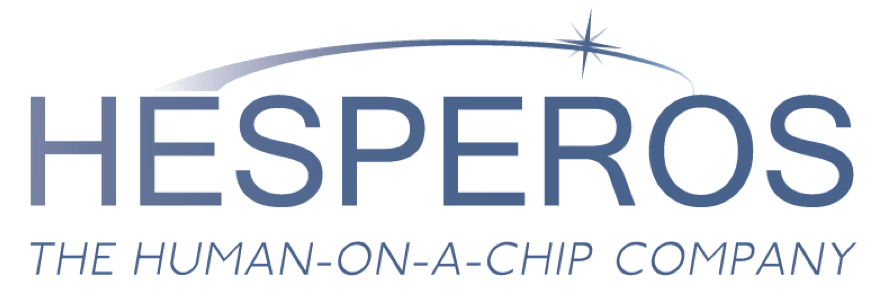The result of 3-year collaboration between L’Oréal and Hesperos scientists has been published in Nature Scientific Reports: “Multi-organ toxicity demonstration in a functional in vitro system composed of four organs.”
KEY TECHNOLOGIES: CELLULAR ENGINEERING AND MICROFLUIDICS
A functional, in vitro system has been developed, composed of human cells from four organs (muscle, heart, nerve and liver) which share a common serum-free media.
This result brings together several technical achievements: the design of the chip with 4 cell reservoirs, interconnected through a recirculating network for nutrient distribution, allowing cellular communication as in normal human physiology.
Furthermore, the system is viable for at least 14 days, which allows enough time to validate its response to chemical reference substances. These results match ones previously described in vivo.
A WORK OF INTERACTIONS BETWEEN FOUR ORGANS MIMICKING HUMAN RESPONSE
“The system operates with functional tissues derived from human cells and is capable of simulating the human metabolism. Those technologies will play a key role in safety evaluation without the use of animals” says Dr James Hickman, co-founder and Chief Scientist at Hesperos.
PREDICTIVE EVALUATION STRATEGIES
“For L’Oréal, this new system is a milestone that will complement another technology we have mastered for years now: skin reconstruction. This new approach of “organ on a chip” will bring huge benefits: increase of cell lifespan, integration of different cell types coming from different organs, better prediction of both safety and efficacy”, says Charbel BOUEZ, Head of Americas, L’Oréal Advanced Research.
